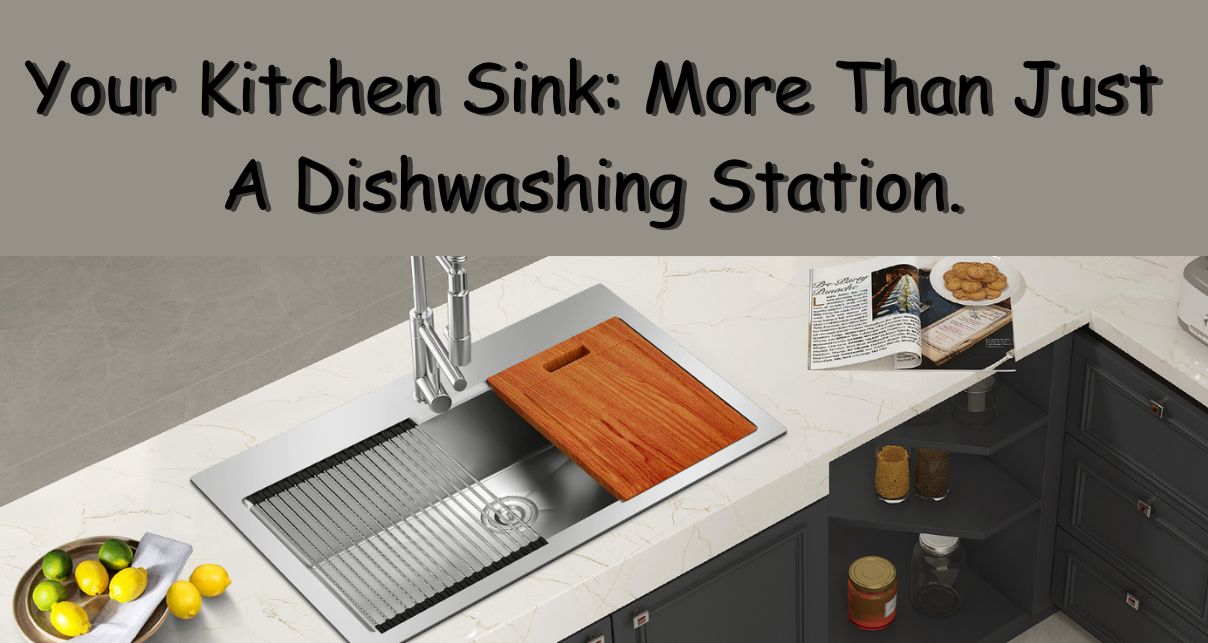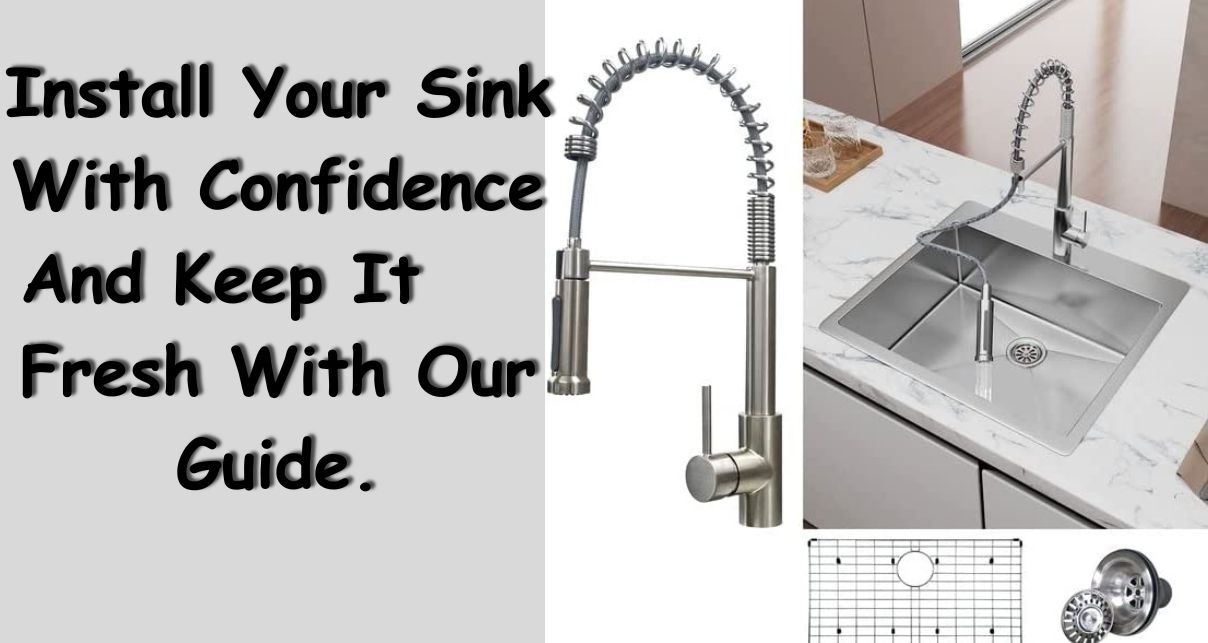Exploring Other Uses Of The Kitchen Sink and It’s Primary Functions
Having a functional and versatile kitchen sink can greatly enhance the efficiency of your kitchen tasks. Apart from its primary function of washing dishes, a kitchen sink can serve various purposes, including preparing food, cleaning appliances, washing fruits and vegetables, and even soaking stained utensils.
Primary Functions of A Kitchen Sink:
Washing Dishes:This is the primary function of a kitchen sink. It is essential to have a well-designed and efficient sink that makes washing dishes easy and fast. The sink should be deep enough to accommodate large pots and pans, and have a faucet that provides adequate water pressure for efficient cleaning.
Preparing Food:
A kitchen sink can also be used for food preparation tasks such as washing, peeling, and cutting vegetables and fruits. It is important to clean the sink thoroughly before and after preparing food to avoid contamination and the spread of germs.
Cleaning Appliances:
A kitchen sink can be used to clean small kitchen appliances such as blenders, mixers, and food processors. It is important to clean these appliances regularly to maintain their performance and durability.
Washing Vegetables and Fruits:
A kitchen sink is an ideal place to wash fruits and vegetables before consumption. It is essential to rinse them thoroughly to remove dirt, bacteria, and pesticides.
Soaking Stained Utensils:
A kitchen sink can be used to soak stained utensils, such as baking trays, cutting boards, and silverware. Soaking helps to loosen the dirt and stains, making it easier to clean them.
Other Uses Of A Kitchen Sink:
Soaking Clothing:A kitchen sink can be used to soak small clothing items such as socks, underwear, and handkerchiefs. It is important to use mild detergent and avoid overloading the sink to prevent clogging.
Washing Produce:
A kitchen sink can be used to wash other produce apart from fruits and vegetables, such as fresh herbs, mushrooms, and seafood. It is important to clean the sink thoroughly after washing seafood to prevent contamination.
Watering Houseplants:
A kitchen sink can be used to water houseplants, especially those that require frequent watering. It is important to avoid overwatering and ensure that the sink is clean and free of soap residues.
Washing Small Items:
A kitchen sink can be used to wash small items such as baby toys, pet bowls, and makeup brushes. It is important to use a mild soap and rinse thoroughly to avoid leaving any residue.
Frequently Asked Question:
Can I use bleach to clean my kitchen sink?
Tecasa does not recommend using bleach or other harsh chemicals to clean your kitchen sink. These chemicals can damage the sink's finish and potentially cause discoloration. Stick to using mild soap and water or a mixture of baking soda and water to clean your Tecasa kitchen sink.
Why a double kitchen sink?
For homes that do not have a dishwasher installed, a double basin sink can be the next best thing. This allows for multitasking as you can fill one side with hot water for washing dishes and use the other half for rinsing. It delivers convenience even if each basin is smaller than a single basin sink. There is also a large and small basin variant, which is ideal for those with a dishwasher installed but do not have a prep sink to work with. Just make sure that each basin has its own drain.
Why does a kitchen sink not have an overflow?
If you are in the United States is that it is not required by plumbing codes, so manufacturers do not see the need to put them in. Why isn’t it required? The International Association of Plumbing and Mechanical Officials (IAPMO) believes that putting an overflow can create sanitation problems. This is because the food particles can get caught and rot in the overflow. For European manufacturers, a cleanout is designed with the overflow so it can be accessed; U.S. manufacturers simply chose to simplify and let go of the overflow completely. If you have a double basin kitchen sink, the other basin serves as the overflow.
Why does my sink gurgle in kitchen?
Aside from the obvious food clogs, grease and dirt can also buildup in the kitchen sink among other types of debris. The result is air trapped and slow draining water. When the air bubbles try to force through the blockage using the nearest vent, a gurgling noise is heard. This can also be part of the question, why does my kitchen sink make noise? There may also be instances where instead of a gurgling noise, you will hear a high-pitched or almost squealing noise. In this instance, the source of the noise will reveal the cause of the problem; whether it is the faucet or the plumbing pipes underneath the sink.
Why does my kitchen sink have a vent?
It is important to understand that plumbing fixtures like kitchen sinks need proper venting to function correctly. The vent plays a role in the draining process as negative pressure is created in the drain. This negative pressure is what pulls the water from the P-trap, which prevents sewer gases from entering your home. If there is no vent, dangerous sewer gases will enter your home every time negative pressure is created.Tecasa take pride in providing quality kitchen sinks that serve as the centerpiece of any kitchen. Our sinks are not just designed for washing dishes and cleaning fruits and vegetables, they also have other useful functions. One of the primary uses of our kitchen sinks is as a place to fill pots and pans with water for cooking. The deep basin and sturdy construction of our sinks make them ideal for this purpose.
At Tecasa, we understand that the kitchen sink is more than just a place to wash dishes. That's why we strive to create durable and functional sinks that can serve a variety of purposes in the kitchen and beyond.




